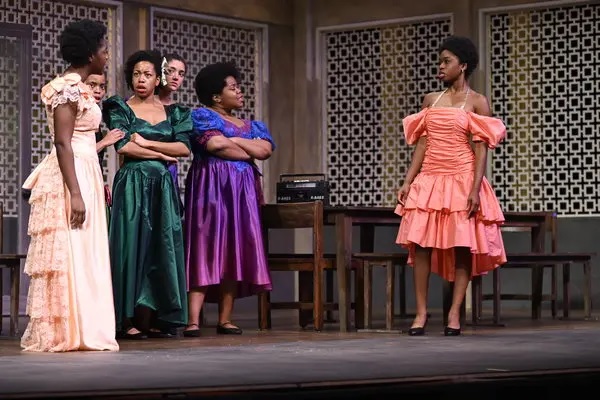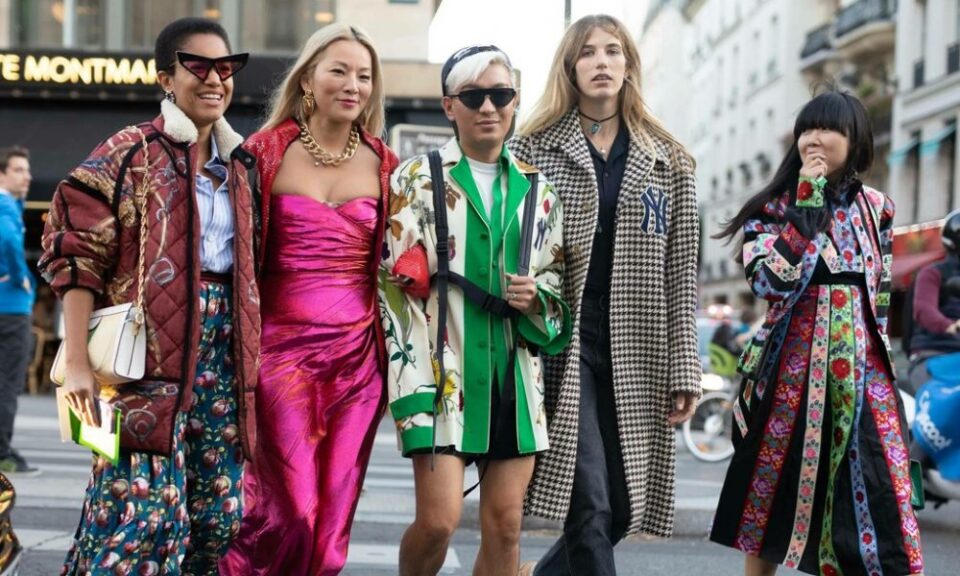The fashion industry has come a long way in recent years when it comes to diversity and inclusion. For decades, the industry has been criticized for its lack of representation of people of color, people with disabilities, and plus-size individuals. However, in recent years, there has been a shift towards inclusivity and diversity. In this progress report, we will take a look at how the fashion industry is doing in terms of diversity and inclusion.
Representation of People of Color

One of the biggest criticisms of the fashion industry has been its lack of representation of people of color. However, in recent years, there has been a significant improvement. Many fashion brands are now featuring models of color in their campaigns and runway shows. In 2018, there were more models of color on the runway than ever before, with 36.1% of models being non-white, according to The Fashion Spot.
- Brands like Fenty Beauty and Savage X Fenty, both created by Rihanna, have been praised for their diverse and inclusive campaigns.
- Designer Christian Siriano has been a champion of diversity on the runway, featuring models of all sizes, races, and ages in his shows.
- The Council of Fashion Designers of America (CFDA) has also made efforts to promote diversity, launching initiatives like the Black in Fashion Council and the Health Initiative, which promotes diversity and inclusivity in the fashion industry.
Representation of Plus-Size Individuals
Another area where the fashion industry has been criticized is its lack of representation of plus-size individuals. However, there has been progress in recent years. Brands like Savage X Fenty, Aerie, and Universal Standard are leading the charge when it comes to size inclusivity.
- Savage X Fenty’s campaigns feature models of all sizes, and the brand offers lingerie in sizes up to 3X.
- Aerie has been praised for its unretouched ads and for featuring models of all sizes in its campaigns and on its website.
- Universal Standard offers clothing in sizes 00-40, making it one of the most size-inclusive brands on the market.
Representation of People with Disabilities
Representation of people with disabilities is another area where the fashion industry has been criticized. However, there have been some positive developments in recent years.
- Tommy Hilfiger launched a line of adaptive clothing in 2016, which includes clothing designed for people with disabilities.
- Runway of Dreams, a nonprofit organization, has been working to make fashion more accessible to people with disabilities by partnering with brands to create adaptive clothing lines.
- Brands like ASOS and Nike have also made efforts to make their clothing more accessible by including features like adjustable waistbands and magnetic closures.
While there is still a long way to go, the progress that has been made in terms of diversity and inclusion in the fashion industry is encouraging. Brands are starting to realize the importance of inclusivity and are making efforts to be more representative of all types of people. From featuring models of color to creating size-inclusive clothing to making fashion more accessible to people with disabilities, the fashion industry is slowly but surely becoming more diverse and inclusive.

